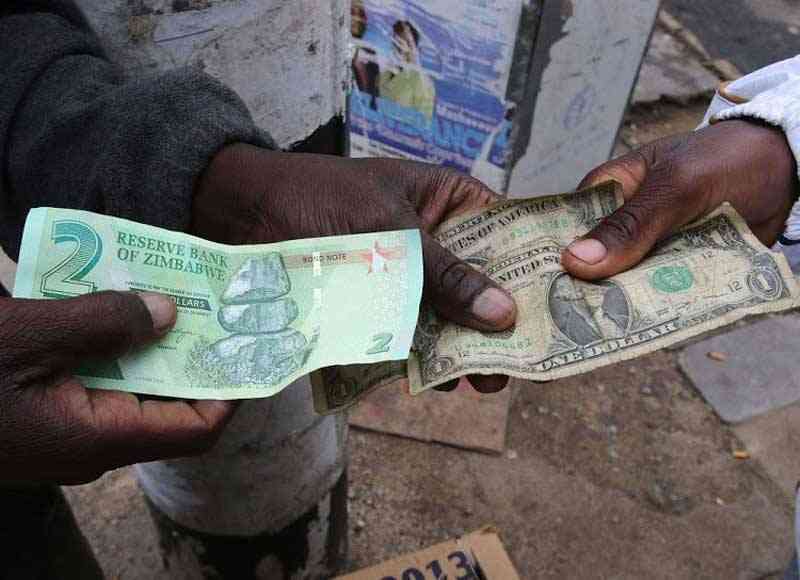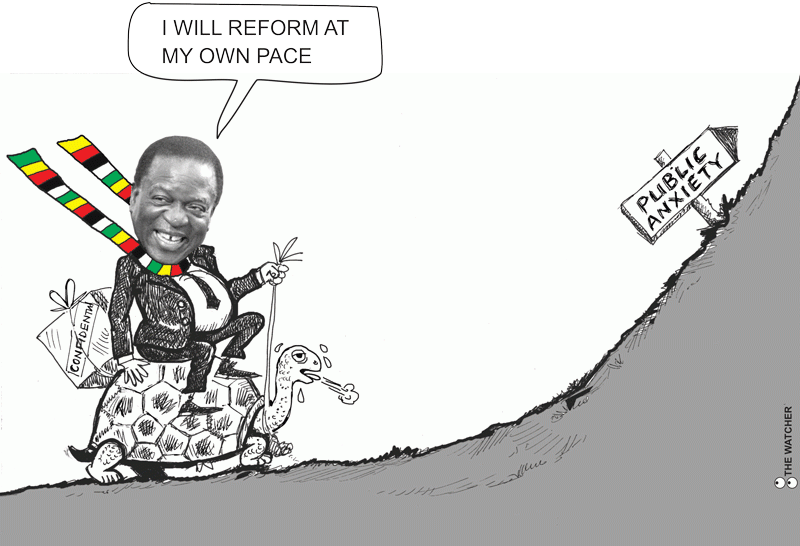
Captains of industry said this week policymakers must leave the banking system to determine the willing buyer-willing seller exchange rate (WBWS) if they are serious about liberalising the market.
Following months of disquiet over the foreign currency auction system exchange rate, which markets complained was not freely trading, the Reserve Bank of Zimbabwe (RBZ) in March introduced the WBWS exchange rate.
Under the system, the central bank said it had further “liberalised the foreign exchange market by allowing banks to conduct foreign exchange transactions of up to US$1 000 under an arrangement agreed by banks and the RBZ … on a willing buyer-willing seller basis”.
But in a report dispatched to members this week, titled November 2022 Inflation and Currency Developments, the Confederation of Zimbabwe Industries (CZI) appeared to argue that regulators had still maintained a tight grip on the forex exchange rate, in spite of their pronouncements.
Zimbabwe’s biggest industrial lobby said it was important for policymakers to give banks room to determine the exchange rate — a crucial factor in giving Zimbabwe’s troubled currency latitude to rediscover its real value.
“The WBWS must be market determined without intervention to fix the rate from authorities,” the CZI said in its 11–page report. “Banks should canvas willing sellers and willing buyers every morning and determine a realistic reference rate for transactions to take place.
“The WBWS was introduced in March, but it has not yet transformed into a market platform with confidence from users.”
Ahead of the WBWS’ introduction, carnage on Zimbabwe’s currency crisis had defied a string of interventions rolled out since rates ran amok following bold currency reforms in 2019.
- Chamisa under fire over US$120K donation
- Mavhunga puts DeMbare into Chibuku quarterfinals
- Pension funds bet on Cabora Bassa oilfields
- Councils defy govt fire tender directive
Keep Reading
The foreign currency auction system, introduced in June 2020 to cool off the turbulences, struggled to play its liberalising role as it was fixed for a week until a new auction was held.
Still, government argued that it had liberalised the exchange rate. But markets clamoured for a system where authorities adopted a hands-off approach.
This week, CZI said the WBWS approach had the potential to make an impact, possibly overrunning a ruthless parallel market exchange rate, if right strategies were pursued.
“The WBWS has the potential of curtailing the parallel market if the exchange rate is market-determined,” the CZI said. “The depreciation of the local currency on the parallel market fuels inflation, regardless of whether the depreciation is due to market fundamentals or just sentiments. The exchange rate premium has been gradually declining since July 2022.
“However, in November 2022, there is a slight increase in exchange rate premium, which is a worrisome development. The parallel market rate started to depreciate again in November 2022 at a time when the official exchange rate remained rigid.”
The domestic currency depreciated at a steeper pace between January and June, losing about 70% of its value by the end of September.
But moves by the central bank to introduce bond coins in August had stabilised the market until November, when jitters returned.
The CZI said industries were concerned about the return of volatilities. It warned authorities to defend the currency before the fresh wave of turbulences worsened.
“Although the depreciation has been marginal so far, the parallel market has a tendency of spiralling out of control very fast. If the parallel market depreciation is not curbed before it rears its ugly head again, convergence might be difficult, given the rigidities that still characterise the WBWS platform,” CZI said.
“The shrinking exchange rate premium was making it easier for the formal sector to get access to the USD; hence sales were now the major source of foreign currency given the limited traffic to the auction. The widening premium thus threatens traffic of USD to the formal sector.”











